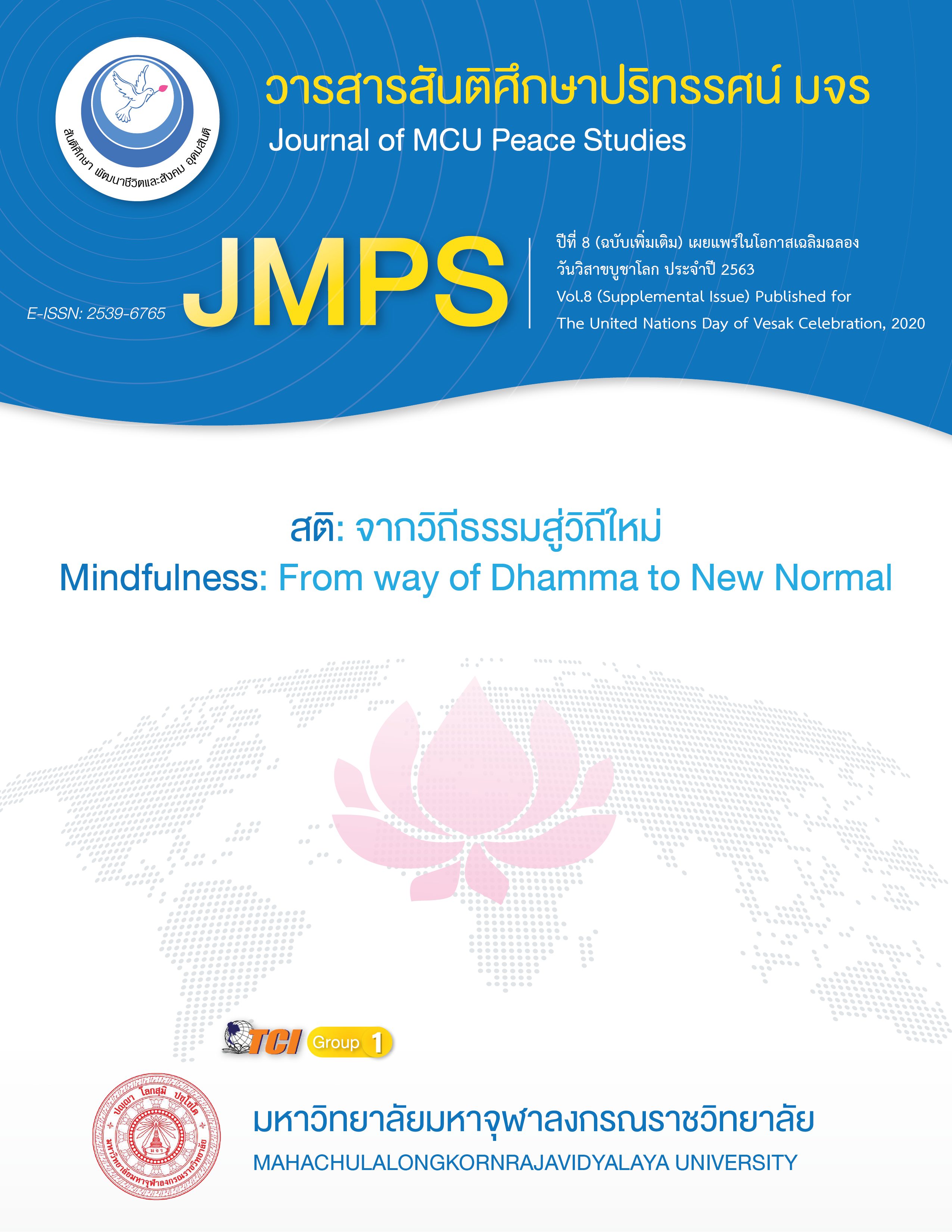Using E-portfolios to Assess University Students’ Learning Success
Main Article Content
บทคัดย่อ
E-portfolios are considered an effective way of motivating learners to review language and help reflect on their own objectives of learning and achievement. This paper describes and discusses core aspects of the e-portfolio assessment instrument used to evaluate the students’ learning in an English for Specific Purposes (ESP) course at a Thai university. It is the writer’s motivation to explore e-portfolio assessment to try out an optional formative assessment instrument which could provide guidance on students’ progress and check how far students have mastered what they have learned in their English course each semester. This way, assessment of learning can be used both to measure and promote learning. The instrument, in its pilot stage, if successfully implemented, can be optimized in other language courses offered at university.
Article Details
ทัศนะและความคิดเห็นที่ปรากฏในบทความในวารสาร ถือเป็นความรับผิดชอบของผู้เขียนบทความนั้น และไม่ถือเป็นทัศนะและความรับผิดชอบของกองบรรณาธิการ ยินยอมว่าบทความเป็นลิขสิทธิ์ของวารสาร
เอกสารอ้างอิง
Ali, S. Y. (2005). An Introduction to Electronic Portfolios in the Language Classroom. The Internet TESL Journal, 11(8). Retrieved November 20, 2019, from http://iteslj.org/Techniques/Ali-Portfolios.html
Asghar, M. (2013). Exploring Formative Assessment Using Cultural Historical Activity Theory. Turkish Online Journal of Qualitative Inquiry, 4(2): 18-32.
Avila, H. A. (2015). Creativity in the English class: Activities to promote EFL learning. HOW, 22(2), 91-103. Retrieved November 1, 2019, from http://dx.doi.org/10.19183/how.22.2.141.
Blaschke, L. M. (2012). Heutagogy and lifelong learning: A review of heutagogical practice and self-determined learning. The International Review of Research in Open and Distance Learning. Retrieved November 12, 2019, from http://files.eric.ed.gov/fulltext/EJ979639.pdf.
Council of Chief State School Officers (CCSSO). (2010). Common core state standards initiative. Washington, DC: Author. Retrieved December 1, 2019 from http://www.corestandards.org/
Mckay, P. (2006). Assessing Young Learners. Cambridge: Cambridge University Press.
Mortari, L. (2015). Reflectivity in Research Practice: An Overview of Different Perspectives. International Journal of Qualitative Methods, 14(5): 1–9.
Pazio, M. (2010). Blended learning and its potential in expanding vocabulary knowledge: A case study. Teaching English with Technology, 10(1), 3-30.
Sophie, L. (2017). The relation between the theory of heutagogy and successful life-long learning. Munich: GRIN Verlag. Retrieved December 2, 2019, from https://www.grin.com/document/371163
Stefanakis, E. H. (2002). Multiple Intelligences and Portfolios: A Window into the Learner’s Mind. Portsmouth, N. H.: Heinemann.


